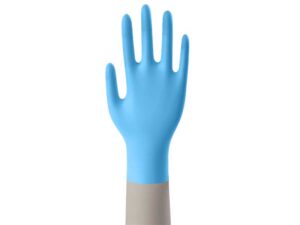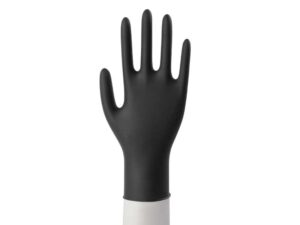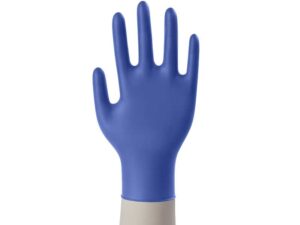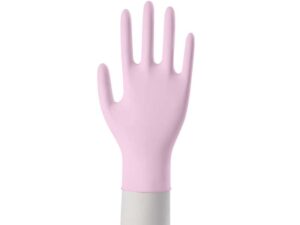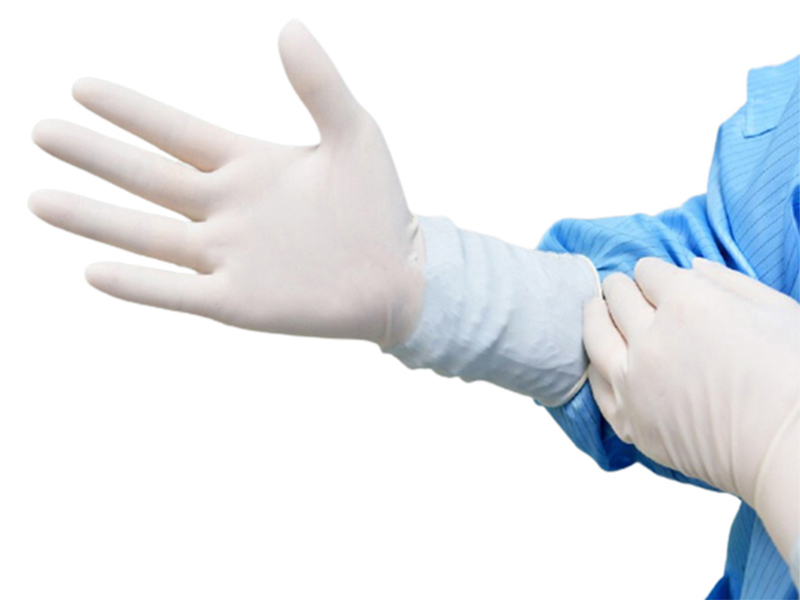Whichever material rubber gloves are made of, they are manufactured in the same basic way. The process starts with hand-shaped ceramic or aluminum molds on a conveyor, which are dipped in wash tanks with hot water and chlorine or bleach and then dried. This dipping gets rid of any potential residue from the previous batch of gloves. Once the molds are cleaned, they must be coated to make the rubber stick. To accomplish this the molds are dipped into a mixture of calcium nitrate solution (which will coagulate the rubber) and calcium carbonate (which is a lubricant to keep the gloves from sticking to the mold too much). A second drying occurs, and then the glove forms dip into tanks of either latex, nitrile, or polyvinyl chloride. This is when the processes begin to differ since the materials must be processed differently.

Whichever material rubber gloves are made of, they are manufactured in the same basic way. The process starts with hand-shaped ceramic or aluminum molds on a conveyor, which are dipped in wash tanks with hot water and chlorine or bleach and then dried. This dipping gets rid of any potential residue from the previous batch of gloves. Once the molds are cleaned, they must be coated to make the rubber stick. To accomplish this the molds are dipped into a mixture of calcium nitrate solution (which will coagulate the rubber) and calcium carbonate (which is a lubricant to keep the gloves from sticking to the mold too much). A second drying occurs, and then the glove forms dip into tanks of either latex, nitrile, or polyvinyl chloride. This is when the processes begin to differ since the materials must be processed differently.

Nitrile or vinyl gloves are also dipped in a tank filled with liquid rubber and baked to form and dry them. Gloves then may undergo chlorination or polymer coating to make them easier to put on and take off. Chlorination, in which they are exposed to chlorine, makes them harder and more slippery. They can also be polymer-coated, which lubricates them. Once any coatings are added, gloves are stripped from the molds, commonly by human workers, since synthetic rubber is stickier than latex. The gloves then can be tested.
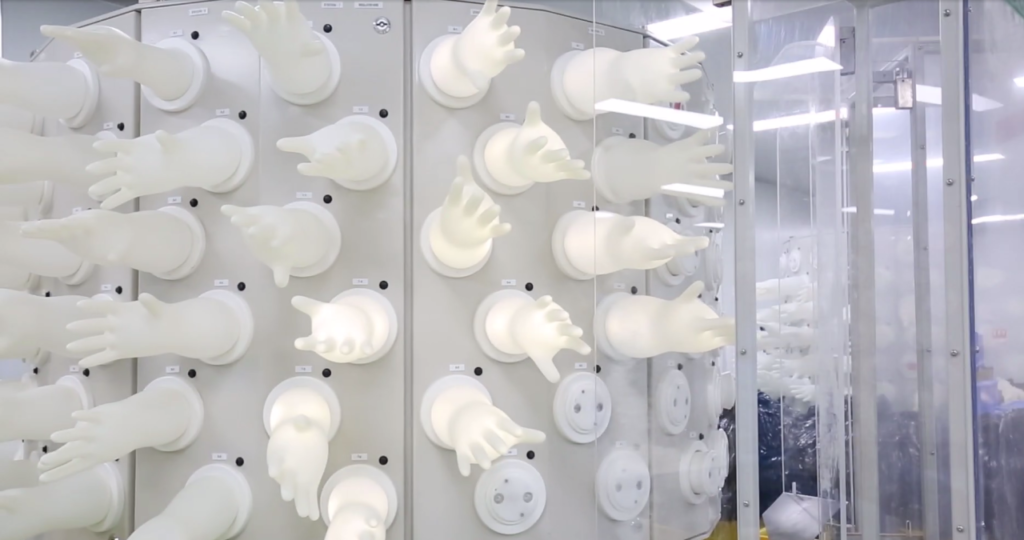
The detail production process is as following:
Demoulding—Washing mould—Coagulant dipping—Drying—latex—Acid tank—Alknline tank—Long brush washing mould—hot water tank—Coagulant tank—latex dipping tank—Leaching—Drying—Size printing—Coating—Cuff—Powder—Drying—Soaking—Post processing—100%Blow inspection—Inner packing—Outer packing—Sterile—Delivery
#HBM #LATEXGLOVE #MEDICALGLOVE

